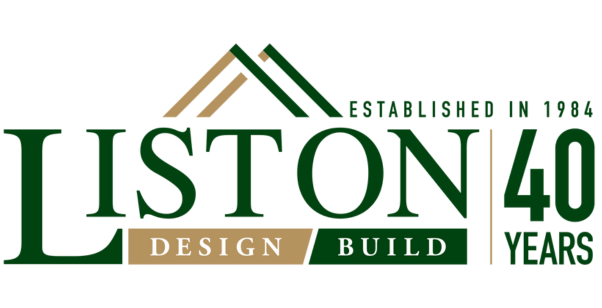The creative use of interior trim can take your project from great to incredible. We loved this article from Houzz contributor Bud Dietrich, AIA, and thought you would, too. It’s eight must-know elements about crown molding.
(Houzz) – Welcome to the wonderful world of interior trim. From baseboards to casings, from crown moldings to railings, trim is a design element that adds depth, detail and richness to a room. But it has become so common, so ubiquitous, that many people don’t give it much thought. We go to the local lumber store or big-box home center and purchase a few feet of “colonial” or “ranch” moldings and then call it a day. That’s a shame, as there are so many profiles, sizes, materials and more.
So let’s look at some trim and molding elements and see how they are positioned on a wall and how they can enliven a room.
1. Base
Used where the wall and floor come together, the base, or baseboard, conceals any gaps between floor and wall finishes as well as provides protection to the wall finish from swinging feet, jostled furniture, etc. Traditionally it was composed of three separate parts: a shoe (the small, curved or beveled piece that transitions from baseboard to floor), the baseboard (the tall, flat piece) and the cap (an ornamental piece that sits atop the baseboard). But bases are now more often than not made of one piece for a cleaner and more contemporary aesthetic.


